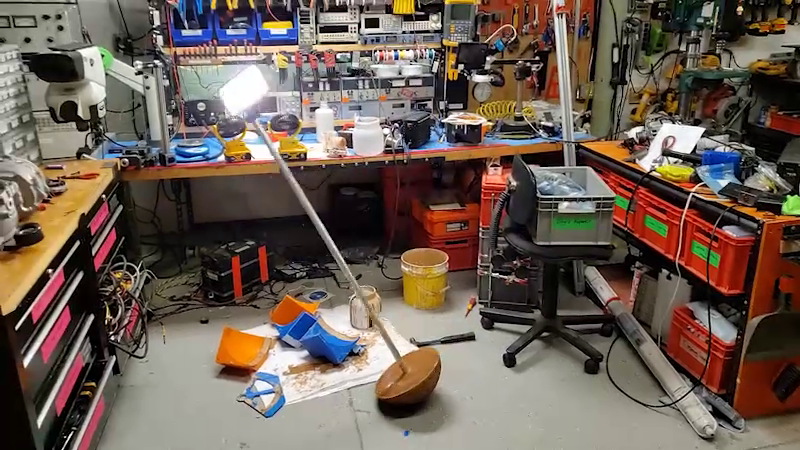
Oh, perfect — now our cars can BSOD. At least that’s how it looks from a forum post showing a Blue Screen of Death on a Ford Mustang Mach E, warning that an over-the-air software update failed, and now the car can’t be driven. The BSOD includes a phone number to reach Ford’s Customer Relationship Center and even presents a wall of text with specific instructions to the wrecker driver for loading the bricked vehicle onto a flatbed. Forum users questioned the photo’s veracity, but there are reports of other drivers getting bricked the same way. And we’ve got to point out that even though this specific bricking happened to an EV, it could just have easily happened to an ICE vehicle too; forum members were particularly prickly about that point. It would be nice if OTA software updates on vehicles could always roll back to the previous driveable state. Still, we suppose that’s not always possible, especially if memory gets corrupted during the update. Maybe the best defense against a bricked vehicle would be to keep a beater around that doesn’t need updates to keep running.
How about a nice game of chess? WarGames may have asked that question in 1983, but three years earlier, you could have played a text-based version of chess on the earliest known ancestor of MS-DOS. A 5-1/4″ floppy bearing version 0.1C of 86-DOS — serial number 11 — by Seattle Computer Products has been located and uploaded to the Internet Archive. It’s about as rudimentary as an OS can be, including the familiar COMMAND.COM and SYS.COM, plus two files devoted to the chess game; the whole distribution consists of nine files. By the time version 1.00 came around, that had swollen to 19 files — talk about feature creep! See it in “action” below.
A high school friend of ours used to brag about his father, who ran a commercial print shop, being able to look at any color and tell you the exact recipe for mixing inks to match it. We never tested him on that skill, but if you feel like you’ve got the RGB equivalent of perfect pitch, check out Hexcodle. It’s like Wordle, but instead of figuring out the word of the day, you have to identify the hex RGB values that make up a color swatch. Each guess will tell you which digits are wrong, both in direction and magnitude. We needed all five guesses to get to Blueblood (#0F5184), and given how bad we are at colors, it should be easy for you to do better.
Back in our lab-rat days, we ran a lot of samples through centrifuges, and we always wondered what it looked like in there. Well, Maurice Mikkers figured out how to get a camera inside a centrifuge, and the results are pretty amazing. Is there a YouTube channel, we hear you ask? Why yes — yes, there is. You’re welcome.
And finally, we’ve always been impressed by just how complicated musical instruments are and the processes used to create them. Repairing them, though, turns out to be just about as fascinating, especially when you watch someone who has been in the trade for 30 years do it. Wes Lee’s repair of a battered Boy Scout bugle initially caught our eye mainly because we had an instrument just like that back in the day, much to our parents’ chagrin. Watching Wes bring the tortured instrument back to life is amazing; we’d never have guessed an instrument as simple as a bugle would have so much complexity. It’s strangely soothing to watch him gently massaging the dents out of the brass, especially in places where it looks like the metal is on the verge of tearing. It’s always a treat to watch a craftsman at work.






0 Commentaires